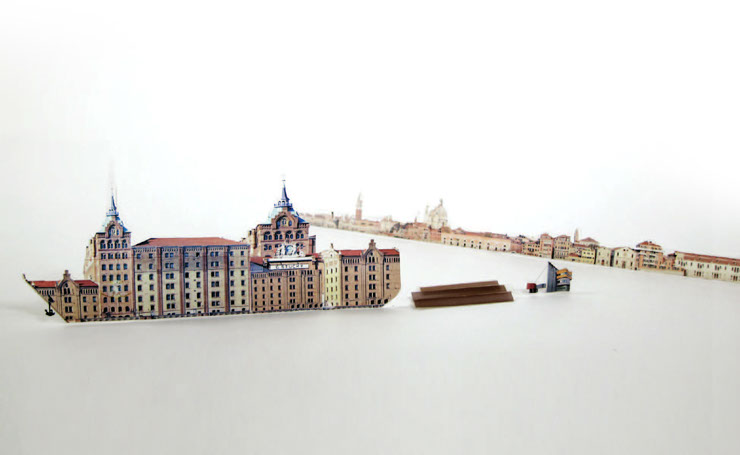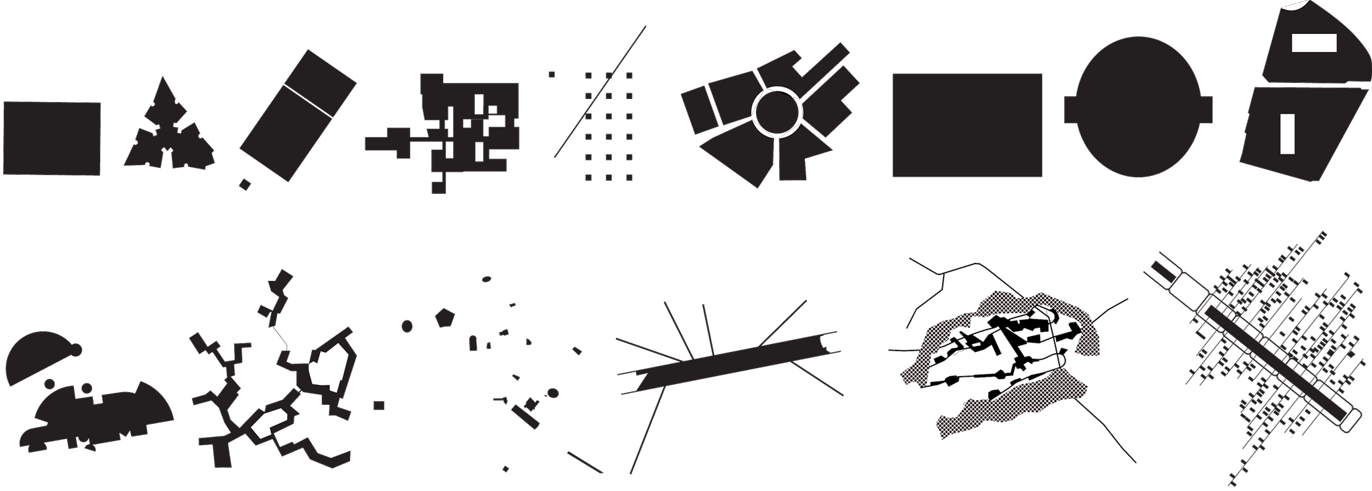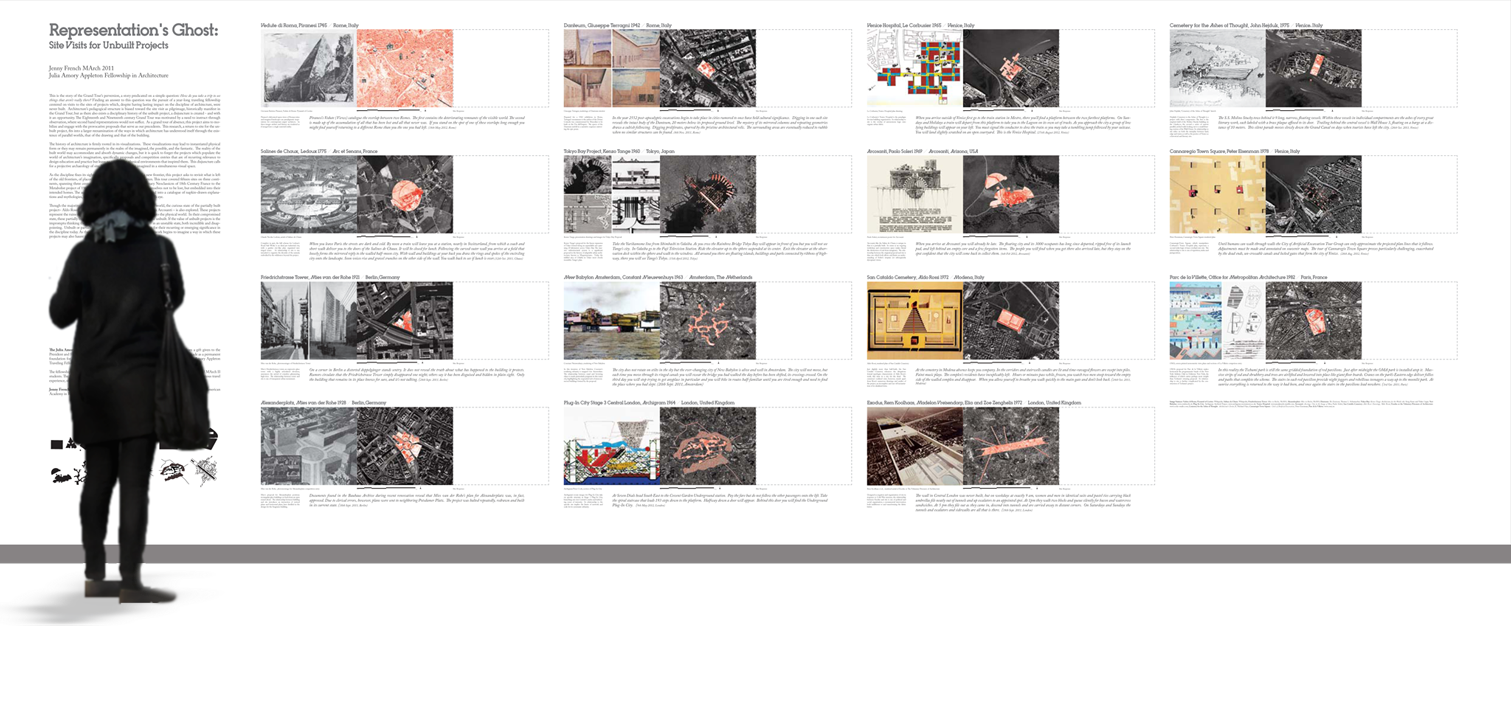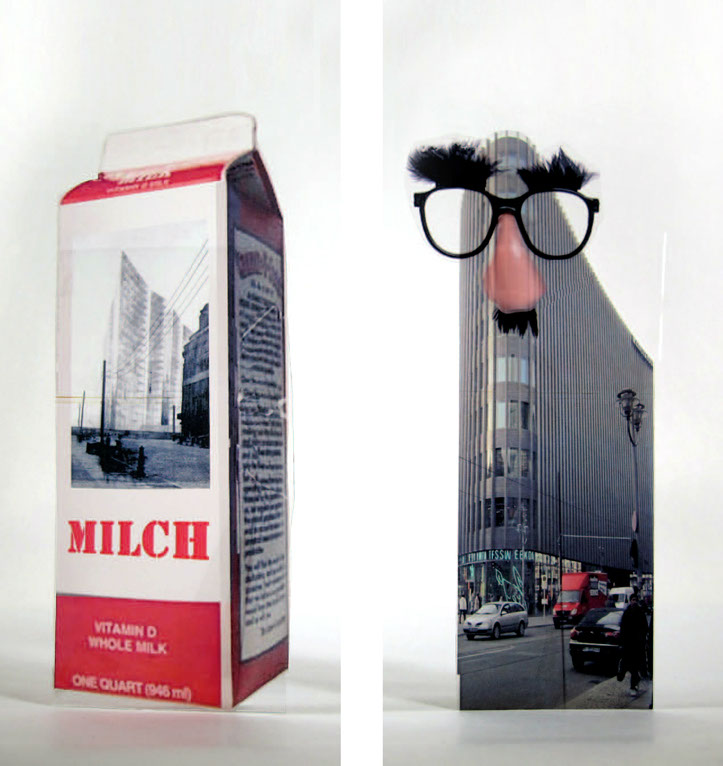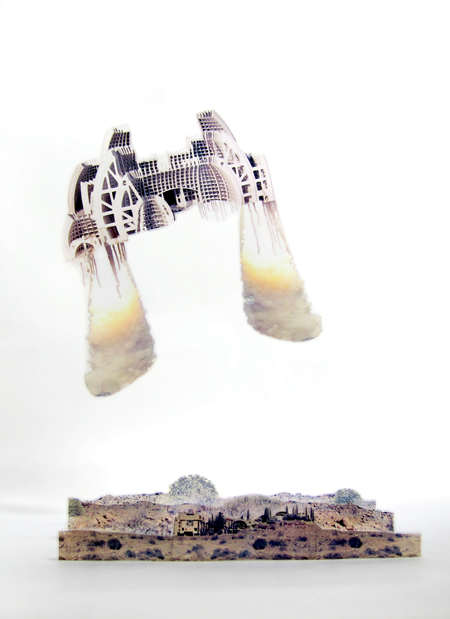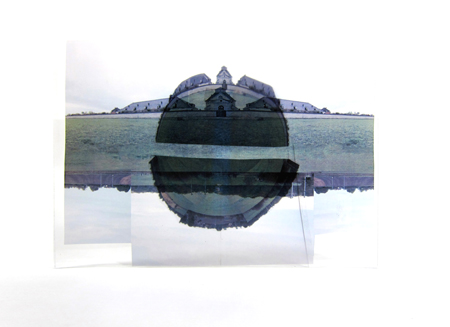Representation's Ghost - Site Visits for Unbuilt Projects
This is the story of the Grand Tour’s perversion, a story predicated on a simple question: How do you take a trip to see things that aren’t really there? Finding an answer to this question was the pursuit of a year-long traveling fellowship centered on visits to the sites of projects which, despite having lasting impact on the discipline of architecture, were never built. Architecture’s pedagogical structure is biased toward the site visit as pilgrimage, historically manifest in the Grand Tour; but as there also exists a disciplinary history of the unbuilt project, a disjuncture is created – and with it an opportunity. The Eighteenth and Nineteenth century Grand Tour was motivated by a need to instruct through observation, where second hand representations would not suffice. As a grand tour of absence, this project aims to mobilize and engage with the provocative proposals that serve as our precedents. This research, a return to site for the unbuilt project, fits into a larger reexamination of the ways in which architecture has understood itself through the existence of parallel worlds, that of the drawing and that of the building.
The history of architecture is firmly rooted in its visualizations. These visualizations may lead to instantiated physical form or they may remain permanently in the realm of the imagined, the possible, and the fantastic. The reality of the built world may accommodate and absorb dynamic changes, but it is quick to forget the projects which populate the world of architecture’s imagination, specifically proposals and competition entries that are of recurring relevance to design education and practice but leave no trace in the physical environments that inspired them. This disjuncture calls for a projective archaeology of site, holding the real and the imagined in a simultaneous visual space.
As the discipline fixes its sights on the rapidly growing cities of a new frontier, this project asks to revisit what is left of the old frontiers, of places and proposals unrealized if not forgotten. This tour covered fifteen sites on three continents, spanning three centuries of architectural history. From visionary Neoclassicm of 18th Century France to the Metabolist project of 1960’s Japan, these unbuilt projects revealed themselves not to be lost, but embedded into their intended homes. The accumulation of on-site experiences were compiled into a catalogue of napkin-drawn explanations and mythologies, and illustrated as they might be seen in the mind’s eye.
Though the majority of these proposals remain unsullied by the physical world, the curious state of the partially built project– Aldo Rossi’s San Cataldo Cemetery, Ledoux’s Saltworks, Soleri’s Arcosanti – is also explored. These projects represent the ruins of an architectural imaginary, halted in their passage into the physical world. In their compromised state, these partially built projects problematize the larger narrative of the unbuilt. If the value of unbuilt projects is the impromptu thinking they inspire on site, the built fragment finds itself in an unstable state, both incredible and disappointing. Unbuilt or partially built, the following projects were chosen for their recurring or emerging significance in the discipline today. As these projects haunt designers and theorists this work begins to imagine a way in which these projects may also haunt physical space.
Completed Fall 2013
EXHIBITED: Harvard Graduate School of Design Gallery 2013
Images provided by French 2D. All rights reserved.

